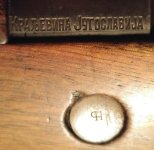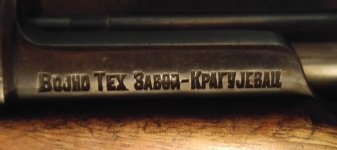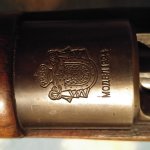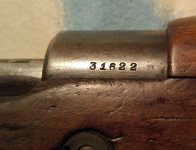There is some coming out of Romania, sold by a few different places.
http://www.sgammo.com/product/red-a...j-hotshot-steel-case-ammo-made-romania-am1990
http://www.midwayusa.com/product/13...-mauser-170-grain-full-metal-jacket-boat-tail
There have been some reports of rounds not chambering properly in some guns, local guy bought some to run in his MG34, and they won't chamber, but a buddy has a MG42 and they run fine.
http://www.sgammo.com/product/red-a...j-hotshot-steel-case-ammo-made-romania-am1990
http://www.midwayusa.com/product/13...-mauser-170-grain-full-metal-jacket-boat-tail
There have been some reports of rounds not chambering properly in some guns, local guy bought some to run in his MG34, and they won't chamber, but a buddy has a MG42 and they run fine.






